
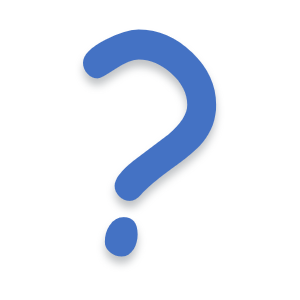
Not sure about Android (but if you can swap out your keyboard entirely on Android, you probably can) but on iOS you can disable the double press to create a period! It’s in there with the keyboard settings next to the options to disable stuff like autocorrect
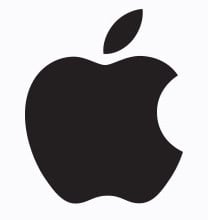
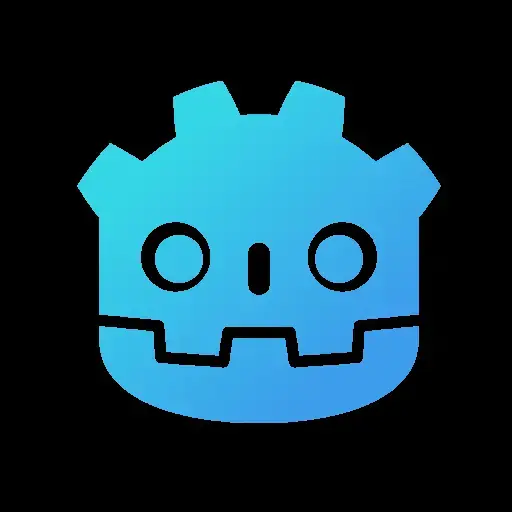
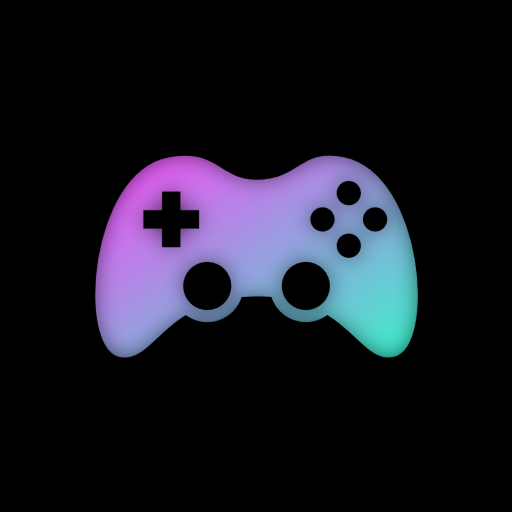
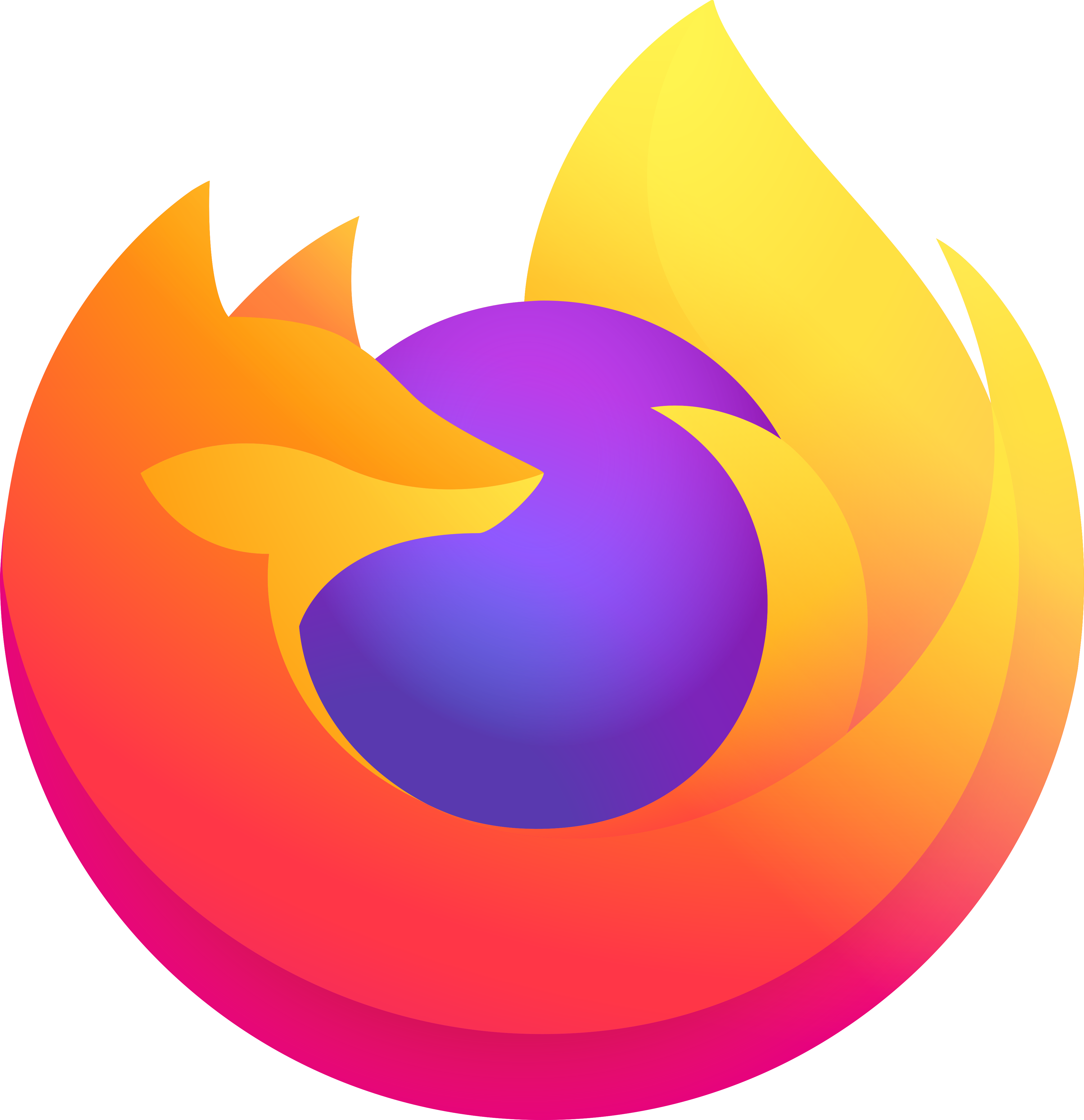
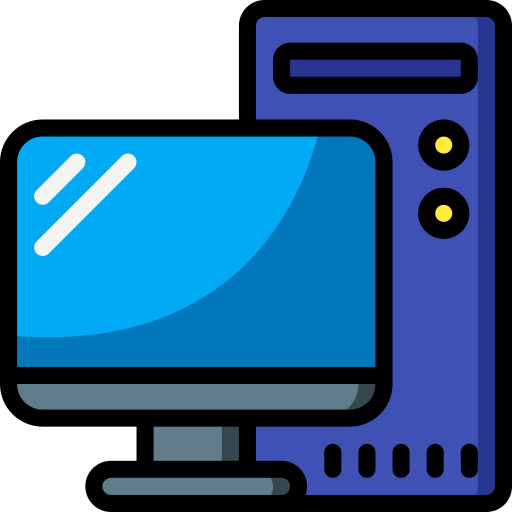

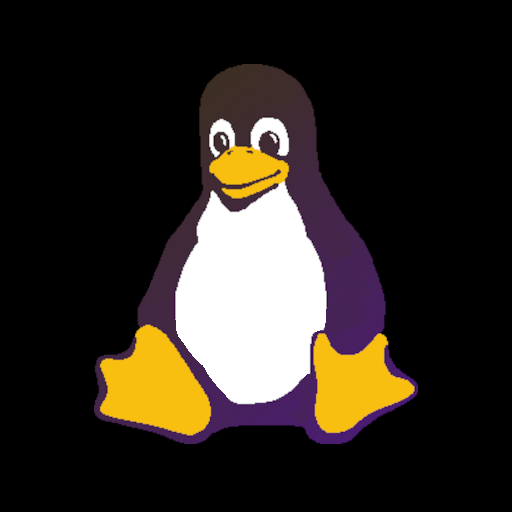
what if the portal didn’t exist in 1969? The ball travels to 1969 and is unable to come back.